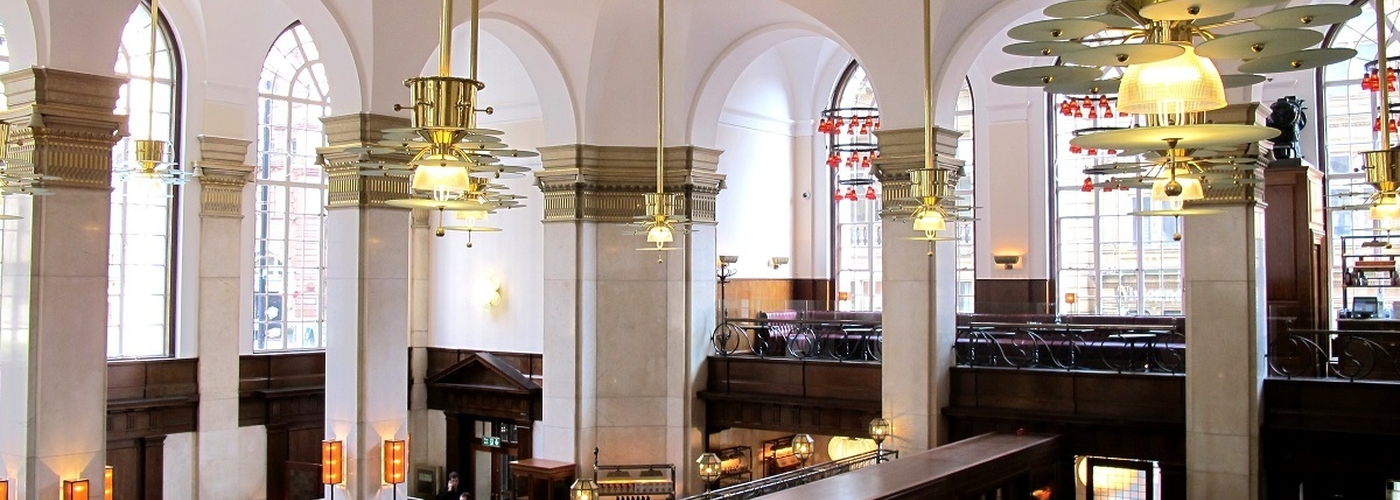Confidentials debunks more myths, this time about Guy Fawkes, Sunlight House and Joy Division master tapes
8 minute read
THERE are lots of myths about the city that simply do not stand up to scrutiny. These are the second three, there are at least another fifteen to go at. We will be exploding those over the coming weeks.
Our last instalment debunked some fanciful stories about Hitler and The Midland Hotel and the maze of tunnels supposedly built underneath the city.
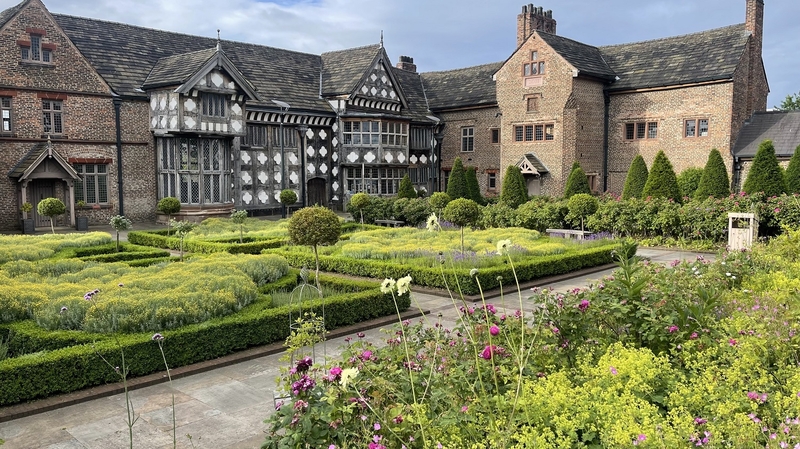
Guy Fawkes visiting Ordsall Hall goes up in smoke
Persistence factor: 6/10
Ordsall used to be synonymous with numerous spontaneously-occurring bonfires throughout the year and not just on the 5 November. These would light up the evening every time the dimple-cheeked lovable rapscallions of the area came across a stash of wood or, even, an abandoned house. Or even sometimes one that wasn’t.
Nowadays Ordsall is a fine upstanding place but there’s a mythical association with Bonfire Night. It’s said Guy Fawkes visited Ordsall Hall prior to his appointment with destiny under the Houses of Parliament that led to arrest, hanging and the separation of his head from his body along with his arms and legs and some frankly distasteful messing about with his intestines. We're talking being hanged, drawn and quartered. This in turn led to the tradition of burning an effigy of the traitor atop a bonfire.
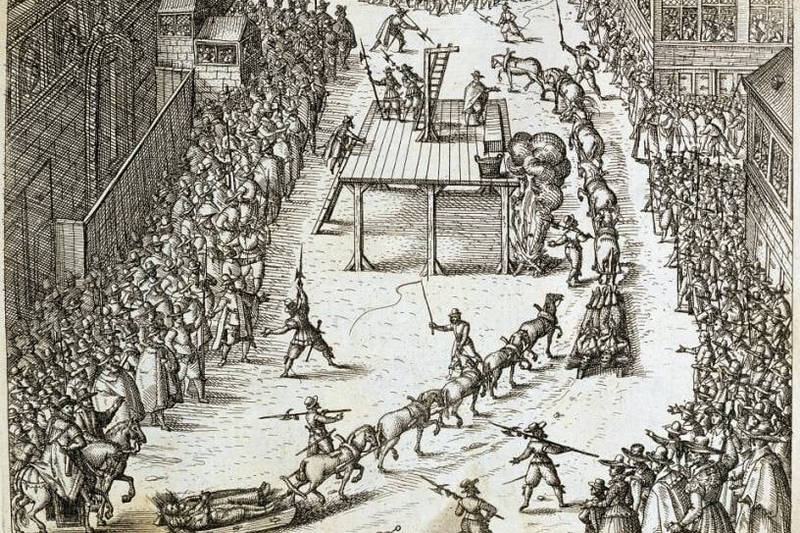
There’s a Guy Fawkes Street, off Ordsall Lane marking his supposed association with this part of Salford.
The problem is it’s all poppy cock.
Back in the nineteenth century there was a Manchester novelist called William Harrison Ainsworth who wrote ripping yarns about periods of British history and long-gone personalities. His serialised novels were incredibly popular. He's responsible for creating mythologies around the Pendle Witches and Dick Turpin that remain with us today which might otherwise have been forgotten. One of his novels is called Guy Fawkes and is full of embellished facts and stuff he just made-up.
Ainsworth invented one Viviana Radcliffe, daughter of the Radcliffe family of Ordsall Hall who in the novel became the wife of Fawkes. Several scenes in the novel are set in the hall. Ainsworth even included the alchemist and scholar John Dee, who was Warden of Manchester. Dee, who was the inspiration for Prospero in Shakespeare's Tempest, raises dead spirits in the novel but fails to warn Fawkes of his gruesome fate, a peculiar oversight.
The problem is that Fawkes never visited Ordsall Hall and probably never visited Manchester either, nor did he ever meet John Dee.
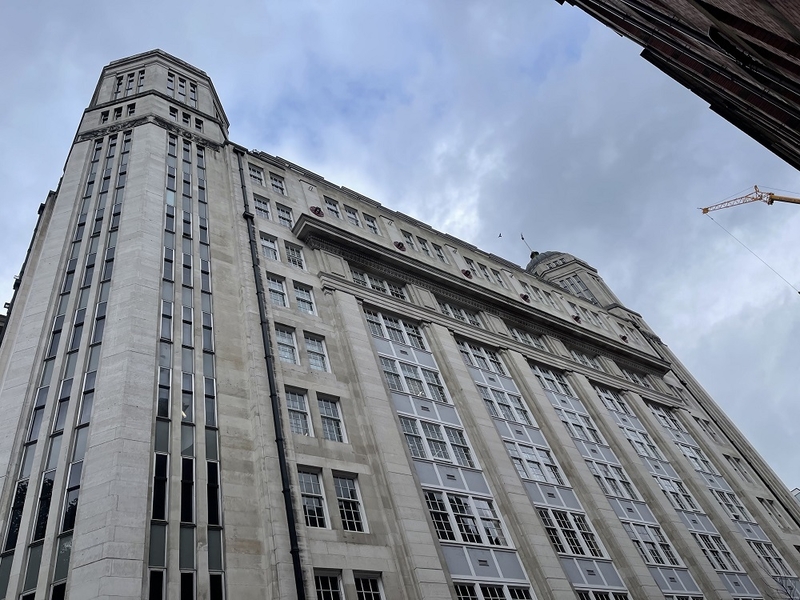
Sunlight House: a tall story
Persistence factor 10/10
Sunlight House on Quay Street is well-known for its Art Deco architecture and for a fabulous cocktail bar, Schofields, so dark it is best to wear a head torch while making your way to the toilets. When it was completed in 1932 Sunlight House was said to be the tallest building in Manchester.
That has entered mythology and just about every entry about the building online or in books, even proper academic architectural textbooks, state this.
The man who financed and built Sunlight House was definitely a bit of a legend. Joe Sunlight was the son of Russian Jewish émigrés, he defines the idea of a ‘real character’. He adored horse racing, champagne, women and the high life. On one occasion he is said to have lost £30,000 in one day gambling, only to win it back on the next. He even for a short time in the 1920s became an MP far away from his beloved Manchester in Shrewsbury. If he hadn't lost his seat at a subsequent election he would have had a private member's bill before the House of Commons on the standardisation of bricks. Strange, eccentric man. Sunlight by the way was the anglicised version of Shimshlavitch.
From small property speculations, Sunlight rose to be one of the country’s greatest property developers. When he completed Sunlight House on Quay Street he became his own principal tenant. One of his passions was Hollywood and he went to extraordinary lengths to court the stars, becoming friendly with Douglas Fairbanks Junior and Gertrude Lawrence who were appearing at the Opera House down the road and persuading them to open Herriots Bath Club in Sunlight House in 1934. The swimming pool still survives as part of a modern health club.
But Sunlight's building was never the tallest. It is 14 storeys or 135ft (41m). Manchester Town Hall’s spire from 55 years earlier rises to 280ft (85m). The Refuge tower was higher, and so was Strangeways tower as was the tower of the Holy Name church and many others.
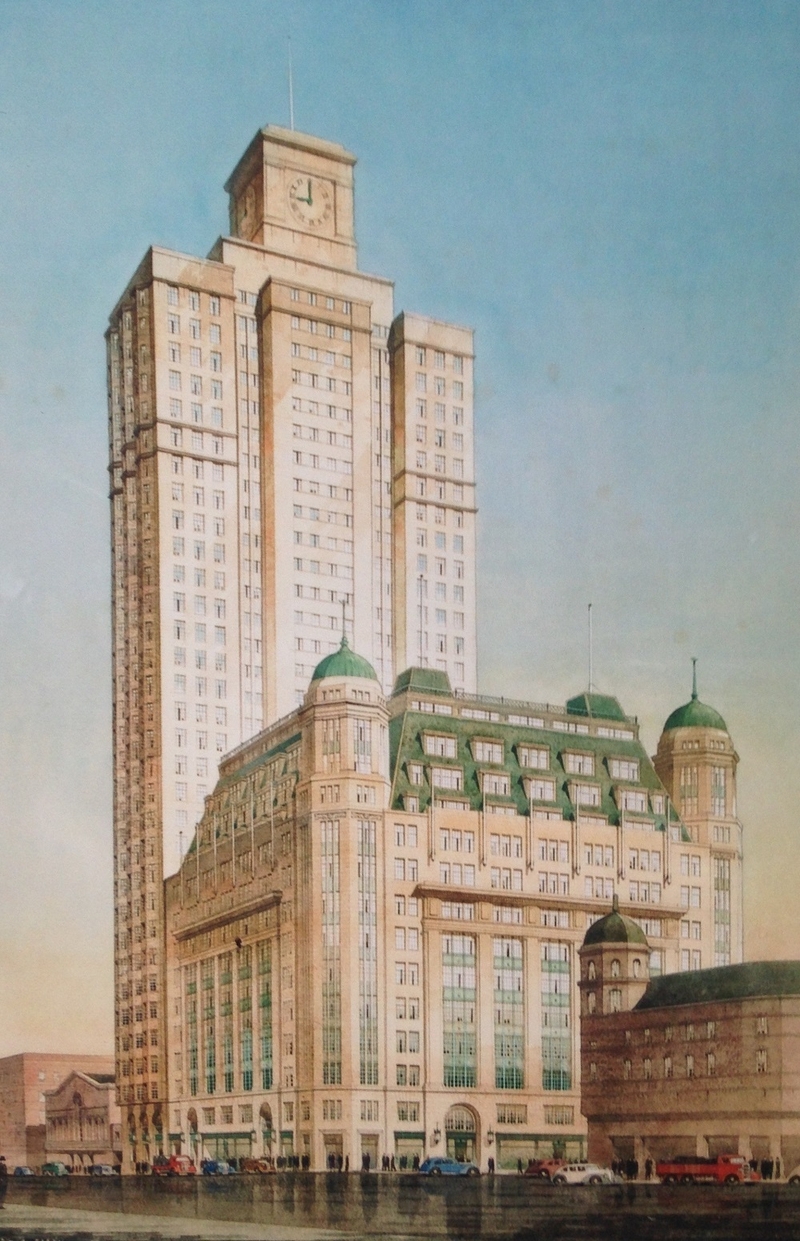
People quibble about these structures and say they are towers and spires on buildings and not lettable office or residential space. I looked up ‘building’ and a standard definition is ‘a relatively permanent enclosed construction over a plot of land, having a roof and usually windows and often more than one level, used for any of a wide variety of activities, as living, entertaining, or manufacturing.’ And, ergo, telling the time and ringing bells, such as Manchester Town Hall tower spire.
Even if the narrower definition were to be used about lettable and residential space at the top of a building then Sunlight House still fails. Ship Canal House on King Street, completed five years earlier, 151ft (46m) tall, St James’ Building, Oxford Street, from 1912 is 196ft (60m) tall.
So why does every source describe Sunlight House as ‘the tallest building in the city when completed’.
Maybe they are conflating what could have happened on the site rather than what did.
As World War II reached its conclusion Joe Sunlight was looking to the skies. In March 1945 he worked up ideas for ‘my memorial tower’. Whether he considered this a memorial to himself or for those who’d died in the war is unclear. The city opposed his idea as did the government’s man from the ministry. Following a public enquiry the towering proposal bit the dust in April 1949.
Shame though. At 380ft (115m) Memorial Tower would easily have eclipsed all other towers and structures in the city. Manchester lost a building that would have brought a splash of Chicago panache to the city and made it the envy of other UK cities. Its bold lines and ludicrously large clock would have enhanced the skyline immeasurably.
That never happened and the bare rear wall of Sunlight House marks where the skyscraper would have reared. A multi-storey car park presently inadequately fills the gap while recent proposals to finally deliver a tower in the same space have floundered.
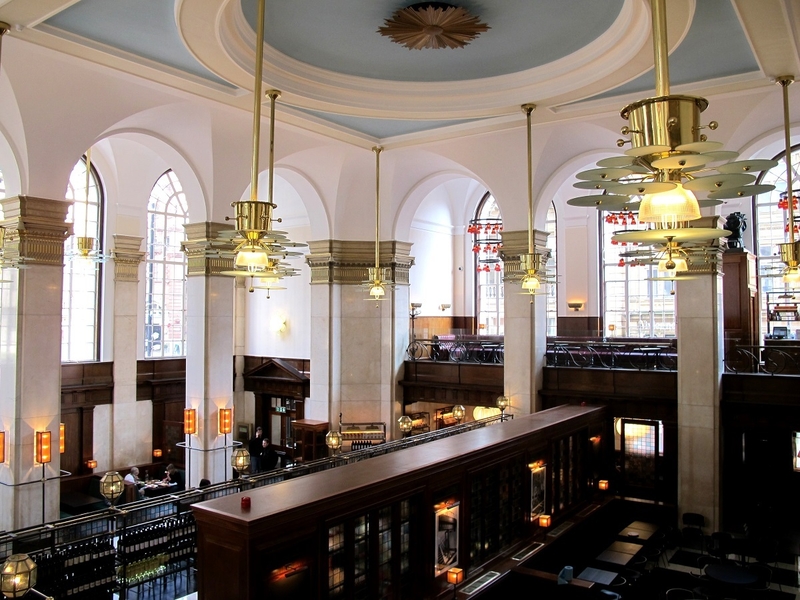
Joy Division/New Order master tapes: Unknown Treasures
Persistence factor: 6/10
In 2012 Confidentials.com was at the centre of a parable of internet babble and journalistic foolishness that created its own myth.
On Valentine's Day that year the Holy Moly website misread this Confidential story about the old Midland Bank vault under Jamie Oliver’s long-gone restaurant in Manchester (now set to be Gordon Ramsay’s Lucky Cat) and claimed that master tapes for Joy Division and New Order songs had been found in the building.
The NME then thought, nice one, and slapped the bad facts up without checking them. Then The Metro followed suit and then TNT and the story was out of control and flowing world-wide.
In our story we had reported how £1.1m of assorted valuables (and a gun) had been left behind in the safety deposit boxes. But we never said anything about Joy Division master tapes being left there.
We’d put: ‘For each box there were two keys both of which had to be used to unlock the box. The person who rented the box had one key and the bank manager kept the other. All sorts were stored down there from diamonds and gold to the master tapes of Joy Division and New Order. When the bank was decommissioned prior to the restaurant refit a problem became apparent. Some of the boxes hadn't been emptied.’
So Holy Moly, NME and The Metro put two and two together and got eighteen, and came up with the master tapes.
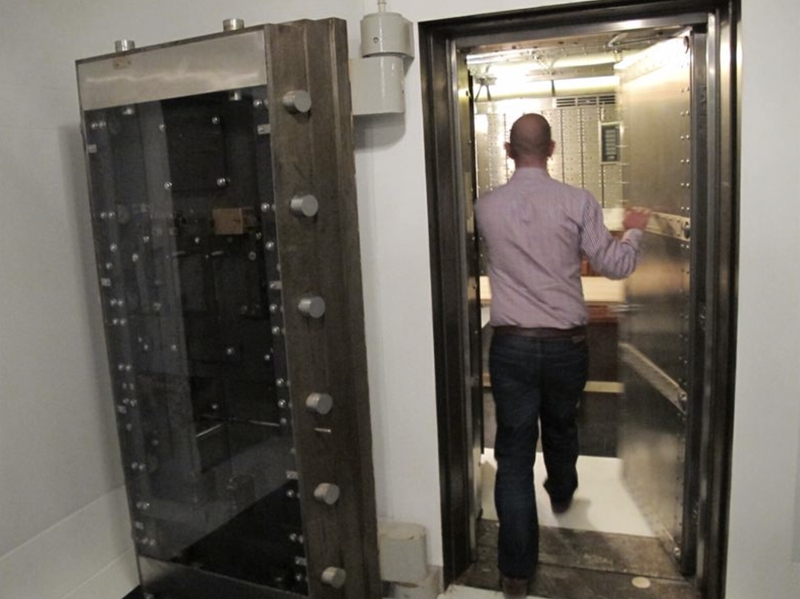
This is how the NME put it.
‘The new restaurant, which is being built in a former branch of Midland bank, was being excavated when the tapes were found, alongside guns, gold and jewellery. Oliver has since given everything found in the basement to the treasury.’
The headline was ‘Jamie Oliver finds Joy Division and New Order master tapes in restaurant basement’.
Confidentials.com couldn’t help mocking the lack of that most basic of journalistic essentials displayed by these organs, the total dismissal of any notion of checking the facts.
We wrote: ‘Aside from the fact Oliver wasn’t even present and nor were the master tapes and that the new restaurant wasn’t being ‘built’ into the building and also that the basement had not needed ‘excavating’ and that Oliver had not ‘given everything found in the basement to the Treasury’ the NME got it all right.
‘Confidentials would like the press across the country to publish any or all of this as the absolute truth. Jamie found in the Vault these items. An elephant, a Viking ship, Kylie Minogue’s golden hotpants, Jack Wilshere, Manchester’s transport policy, the Magna Carta, an angry horse, a tin of Creamola Rice, a complete set of white lines from the middle of the road, Lounge Ten Restaurant, toasting forks, Matthew Williamson’s first wax designer crayon (red), dust, a spare set of David Beckham’s eyebrows and a belt buckle engraved ‘I love you NME, I just wish I could believe all you say’.'
Read next: New Manchester Lexicon: Planning and Property
read again: Myths of Manchester: Part One
Get the latest news to your inbox
Get the latest food & drink news and exclusive offers by email by signing up to our mailing list. This is one of the ways that Confidentials remains free to our readers and by signing up you help support our high quality, impartial and knowledgable writers. Thank you!





